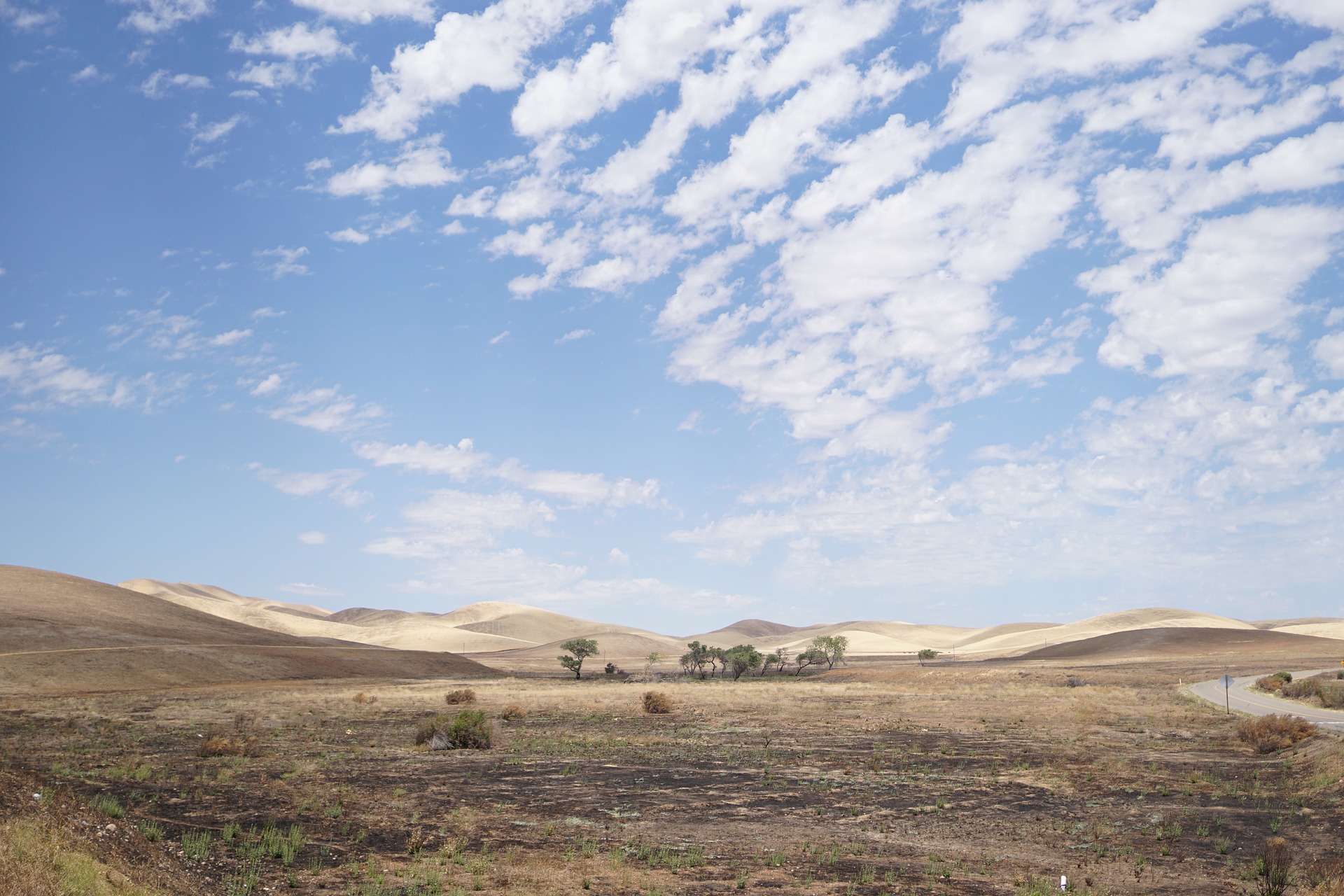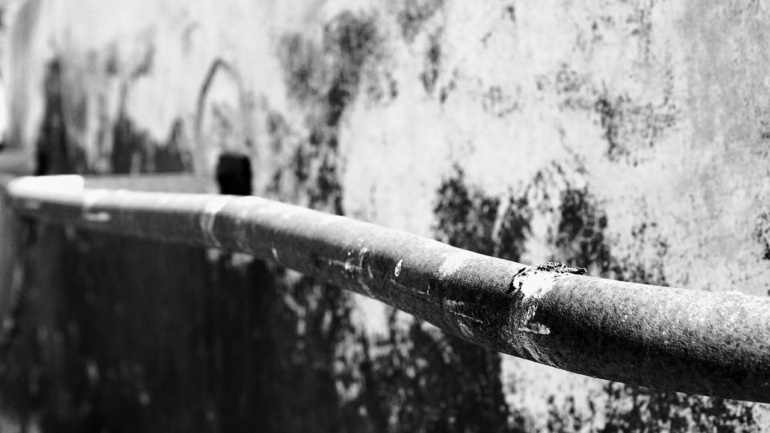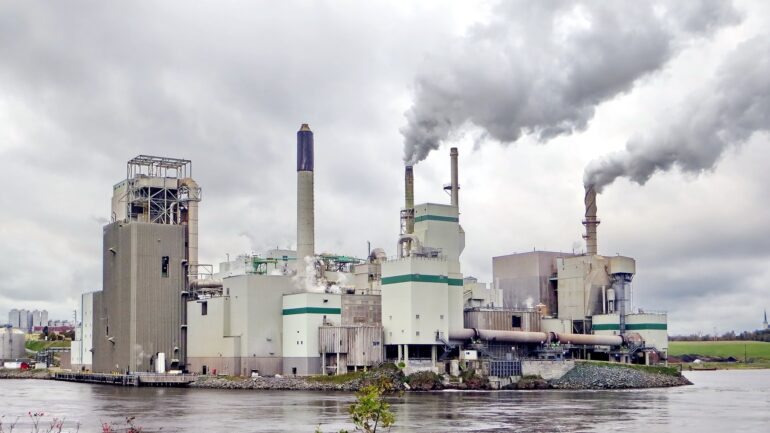Image by carelbron0 from Pixabay (no endorsement)
By Michelle Tinkham, staff writer for Save The Water™ | March 11, 2014
The California drought this year has put many in danger, from the loss of farmers’ products to the drinking water in smaller communities that depend on wells. When abundant water is not available, the already contaminated groundwater becomes undrinkable due to a higher concentration of chemicals and pesticides in the water[1]. Many of these groundwater systems are contaminated with nitrates from fertilizers, animal feeding systems, chemicals from oil extraction and natural contaminants such as arsenic[1]. Also, as the small water collections dry up and create stagnant water, they add to the breeding of mosquitoes which can harbor diseases and the dust can affect those residents with lung conditions[1]. In addition, the risk of range fire is also greatly increased due to the lower amount of rain and snow in California this winter.
What’s being done?
In January, Governor Jerry Brown declared a state of emergency due to the all-time low reservoir levels. In an effort to help the communities most affected, the government provided relief by trucking in water and helping to lay pipes connecting residents with nearby public water[1]. Last Fall he also signed a bill AB 685, the “Human Right to Water” which states “Every human being has the right to safe, clean, affordable, and accessible water adequate for human consumption, cooking, and sanitary purposes”[2]. Unfortunately, many residents, especially in small farming communities, are still exposed to unsafe chemicals in the water and have opted to spend excessive amounts of money to buy bottled water because they feel bill AB 685 does not help. Protesters of this bill state that it does not require state agencies to actually provide clean water or to allocate “additional resources” to fix non-functioning water systems. It also does not require the Department of Water Resources, the State Water Resources Control Board and Department of Public Health to increase enforcement[2].
What Chemicals have been found?
An example of the chemicals found in these communities’ water in excess are trihalomethanes and haloacetic acids. These are by-products from disinfectants and are said to cause kidney, liver, and central nervous system (CNS) damage as well as increased risk of cancer to those exposed for prolonged periods[2]. Another chemical that is often above the Maximum Contaminant Level, or MCL in these communities is perchlorate, which comes from fertilizers and is said to inhibit thyroid function[2]. As a result, residents often receive warnings on their water bill not to drink the water unless regularly tested. Another major contaminate found in California’s ground water by the state water board last winter was arsenic[3]. Arsenic in excess of .010 parts per billion can cause skin discoloration, gastrointestinal issues, blindness and is also linked to cancer of many areas such as skin, kidney, liver, lungs and many others[4].
Next Steps
There are those organizations who have noted this dire condition and steps are being taken to try to improve the situation. The California Department of Public Health (CDPH) is working on a process to make emergency funding available for local water areas with immediate, and emergency needs. They are also pairing with state and local partners to support projects that will improve water systems’ delivery of safe drinking water[3]. They are also monitoring levels of these above discussed chemicals in the drinking water. On the other side, the California Department of Food and Agriculture (CDFA) is working with the state and local farmers to find methods to be more accurate with fertilizer placement so less will run into the groundwater[3]. In addition, these regulatory agencies and the California Water board are setting up committees and task forces to better identify risks and find means of improvements. In time, groundwater contamination of California’s drinking water will be an issue of the past.
What Can I do to Help?
Article 31 is a petition that the United Nations is being asked to add to the Universal Declaration of Human Rights, establishing access to clean and potable water as a fundamental human right. This petition states “Everyone has the right to clean and accessible water, adequate for the health and well-being of the individual and family, and no one shall be deprived of such access or quality of water due to individual economic circumstance.” This petition is focused on the world’s water supply and has a very similar mission to California’s bill AB 685. Although they are not directly connected, the signing of this bill in 2012 made California the first state in the US to recognize the human right to clean water. It serves as an example to the rest of the country and the world.
Sign the petition to adopt Article 31
References
1. Sharon Bernstein. 2014. Health experts warn of water contamination from California drought. Reuters. https://savethewater.org/water-contamination-from-california-drought/?preview=true – accessed on March 11, 2014.
2. Jeremy Miller. 2014. California farm communities suffer tainted drinking water. High Country News. https://savethewater.org/?p=36095&preview=true – accessed on March 11, 2014.
3. California Water Board. 2013. State Water Board Report Recommends Actions to Ensure Safe Drinking Water for All. https://savethewater.org/state-water-board/ – accessed on March 11, 2014.
4. Environmental Protection Agency. 2013. Arsenic in Drinking Water. https://www.epa.gov/dwreginfo/chemical-contaminant-rules – accessed on March 11, 2014.




